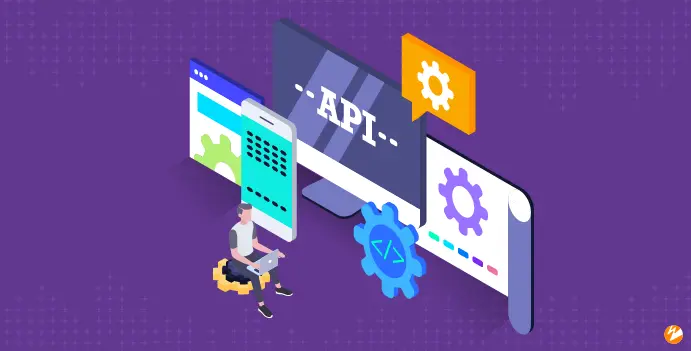Video SDK vs. API: What’s the Difference?

What’s the difference between an SDK and an API? It’s understandable if you get these two terms confused because they often appear together. If you’re building a video platform, an even better question is the difference between a video SDK vs. API.
An API is an application programming interface, which is essentially a set of instructions and standards you can use to connect two pieces of software. You can also think of them as libraries that compose the program’s core language, so an API is a more out-of-the-box tool you can use to get one software to cooperate with another.
An SDK is a software development kit, which includes a set of development tools programmers can use to create apps or build upon an existing one. An API (or multiple) can be packaged as part of an SDK, along with other components like runtimes, compilers, and more. Pared down, an API is a service interface and an SDK is a group of tools intended for a particular purpose.
Those are the broad definitions, but this blog post will take a look at what the differences between an SDK vs. API mean in a video context.
Table of Contents
SDK vs. API: A Quick Metaphor
Imagine the scenario like LEGO sets: you have two pre-built castles, one is your software platform and the other someone else constructed. The other creator sells you the right to use their castle and attach it to yours to make a mega-palace. They don’t fit quite right on their own, so the other person provides more blocks you can add on that connect the castles in the most convenient way possible (their API). Once connected, though, you still want to make a few customizations, so the other castle also provides a box set with even more blocks of different colors and shapes (their SDK) you can tack on to the added part that and make it something truly impressive.

Video API vs. SDK
Now, a video API or video SDK isn’t necessarily a category of each tool on its own. Rather, they are an API or SDK created to help you interface with and expand upon a video platform you haven’t built from scratch. Any good streaming service, for example, will provide you with one or the other to help you make the most of its platform and integrate it into your business.
Video APIs support a broad range of functionality for creating, customizing, and controlling various streaming workflows (preferably for both live and on-demand video) from initial encoding to final playback.
Think of it this way: if your business wants to start leveraging video, you might settle for whatever Instagram or Facebook already offer in terms of live streaming and published “reels.” You might be able to produce content just fine, but each social platform limits the way you can present your content, your reach, your encoding settings, and your ability to simulcast. An API from a service like Wowza, however, grants you dramatically more programmatic control over your content, enabling you to stream across various platforms and reach viewers regardless of what devices they use.
A video SDK would contain a set of tools you can use to build a custom app you could add or connect to a video service. SDKs make things simple: instead of customizing the service from scratch, provided tools empower you to immediately start building.
Advantages of a Video API
One of the most significant advantages of both video SDKs and APIs is that they save you time and resources. Instead of requiring your developing team to build a platform or customize one from the ground-up, they can use existing tools that make it easy to incorporate whatever additional features and branded elements you want your video solution to have.
Some other benefits of a video API include:
- Quick integration for connecting software
- Platform agnosticism, so they work on almost any platform and device
- The ability to enable distributed software architecture
- Reduced costs associated with outsourcing other development tools
- Analytics into viewership and stream health

Advantages of a Video SDK
Some benefits of a video SDK include:
- Helpful documentation, instructions, and code samples that make SDKs easy to use
- A shortened development cycle
- Most SDKs are in multiple programming languages, so developers can choose their preferred one
- Direct access to the platform’s features
And much more. SDKs also minimize the amount of customer support you need because they’re designed to be easy to follow and allow you to be more hands-on when customizing a third-party platform, instead of making you rely on the platform’s labor force.
The Wowza Video API
Ready to make video a more integral part of your business? Wowza’s cloud-based platform, Wowza Video, boasts a robust REST API you can use to record live streams for later VOD distribution, schedule streams, loop them, manage assets, analyze viewership demographics, and much more. Wowza’s software-based platform, Wowza Streaming Engine, also provides REST and Java APIs you can use to configure, manage, and monitor streams through HTTP requests. Check out the video SDKs and APIs available for both and get in touch with us to start streaming.
FREE TRIAL
Live stream and Video On Demand for the web, apps, and onto any device. Get started in minutes.
- Stream with WebRTC, HLS and MPEG-DASH
- Fully customizable with REST and Java APIs
- Integrate and embed into your apps




